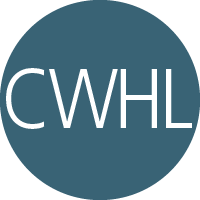We live in a world that is more connected and more crowded than ever before. Globalization has led to increased movement people and animals around the world, and with that movement comes an increased risk for the spread of infectious disease. This is a problem not only for humans, but for wildlife species, as well.
Diseases, both natural and introduced, can affect the health of native wildlife populations, domestic animals, and us. In fact, 75% of all emerging human diseases originate in wildlife. Disease monitoring in wildlife populations is critical for early detection and intervention.
Through the Wildlife Health Program partnership, the CWHL is charged with monitoring the health of all wildlife species in New York State. Our goals are to understand existing and emerging threats to wildlife populations and to develop strategies for dealing with wildlife diseases.
We work with partners in New York State, the Northeast, and beyond to share critical information about wildlife health.
Wildlife Health Program Annual Case Load
The New York State Wildlife Health Program
The New York State Cooperative Wildlife Health Program (WHP) is a partnership between the New York State Department of Environmental Conservation (NYSDEC) and Cornell University’s College of Veterinary Medicine Animal Health Diagnostic Laboratory that works to safeguard the longterm health of the wildlife populations of New York.
Our laboratories in Albany and Ithaca conduct routine surveillance and in depth research, staff training and data analysis to support NYSDEC’s mission. We work to have strong relationships with partners in human and domestic animal health to address issues common to all under the One Health philosophy.


